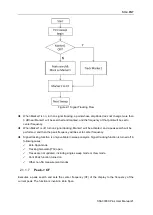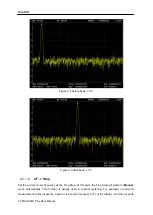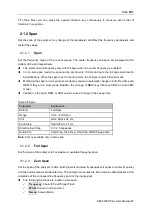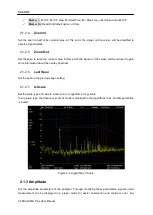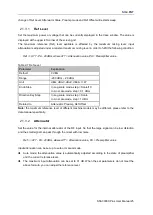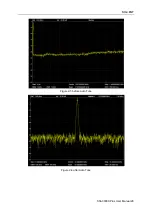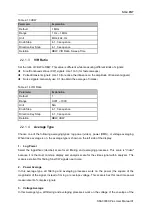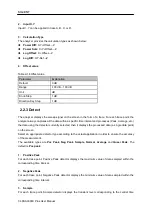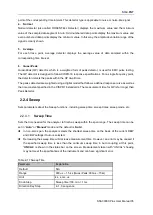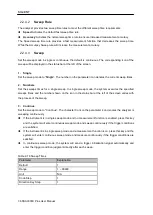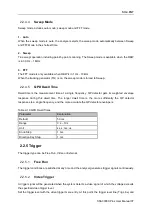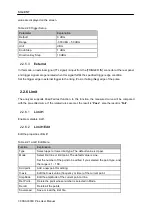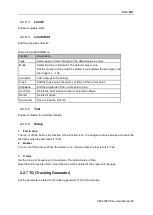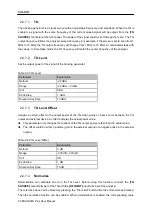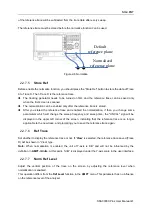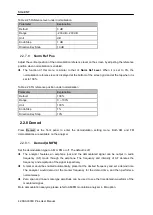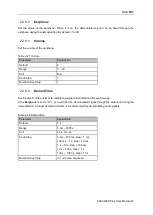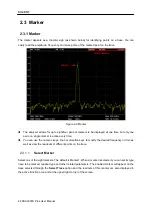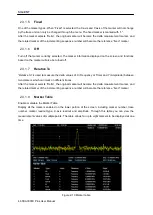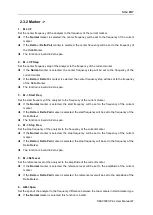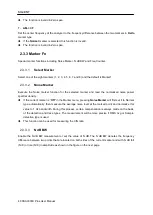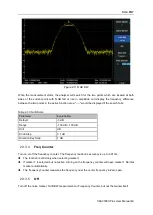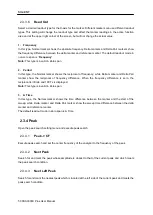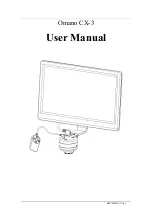
SIG
L
ENT
SSA3000X Plus User Manual 35
point of the corresponding time interval. This detector type is applicable to noise or noise-like signal.
4.
Normal
Normal detector (also called ROSENFELL Detector) displays the maximum value and the minimum
value of the sample data segment in turn: Odd-numbered data points display the maximum value and
even-numbered data points display the minimum value. In this way, the amplitude variation range of the
signal is clearly shown.
5.
Average
For each trace point, Average detector displays the average value of data sampled within the
corresponding time interval.
6.
Quasi-Peak
Quasi-Peak (QP) detector, which is a weighted form of peak detector, is used for EMC pulse testing.
The QP detector is designed to follow CISPR-16 response specifications. For a single frequency point,
the detector detects the peaks within the QP dwell time.
The peaks detected are weighted using a digital model that follows a defined response curve as well as
the time constant specified in the CISPR 16 standards. The measurement time for QP is far longer than
Peak Detector.
2.2.4 Sweep
Sets parameters about the Sweep functions, including sweep time, sweep times, sweep mode, etc.
2.2.4.1
Sweep Time
Sets the time needed for the analyzer to finish a sweep within the span range. The sweep time can be
set in “
Auto
” or “
Manual
” mode and the default is “
Auto
”.
In non-zero span, the analyzer selects the shortest sweep time on the basis of the current RBW
and VBW settings if Auto is selected.
Decreasing the sweep time will decrease measurement time. However, an error may be caused if
the specified sweep time is less than the minimum sweep time in Auto coupling; at this point,
“
UNCAL
” is shown in the status bar on the screen. Measurements taken with “UNCAL” showing
may not meet the specifications of the instrument and can have significant error.
Table 2-17 Sweep Time
Parameter
Explanation
Default
N/A
Range
900 us ~ 1.5 ks (Quasi Peak: 900us ~ 15ks)
Unit
ks, s, ms, us
Knob Step
Sweep time/100, min =1 ms
Direction Key Step
in 1, 3 sequence

